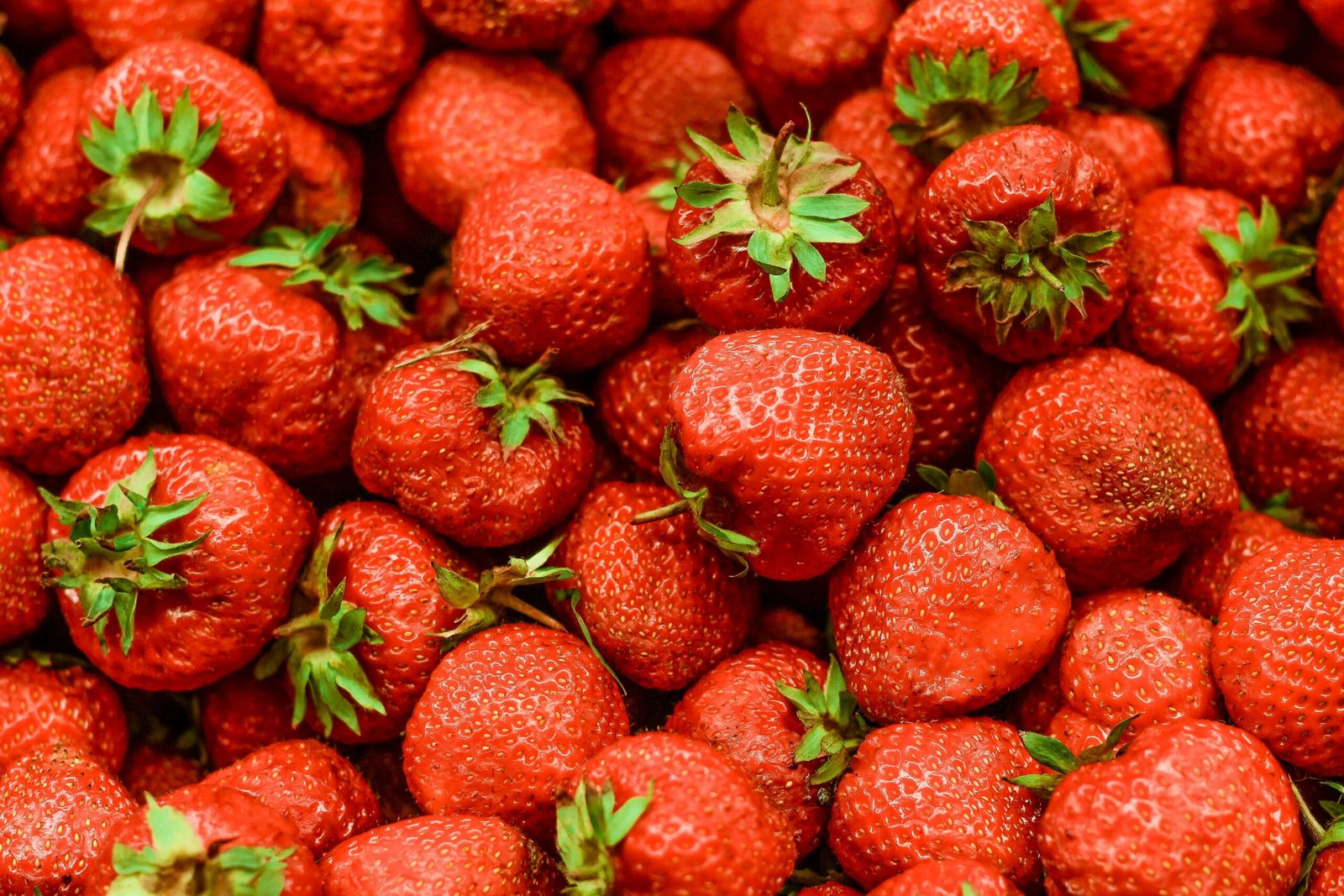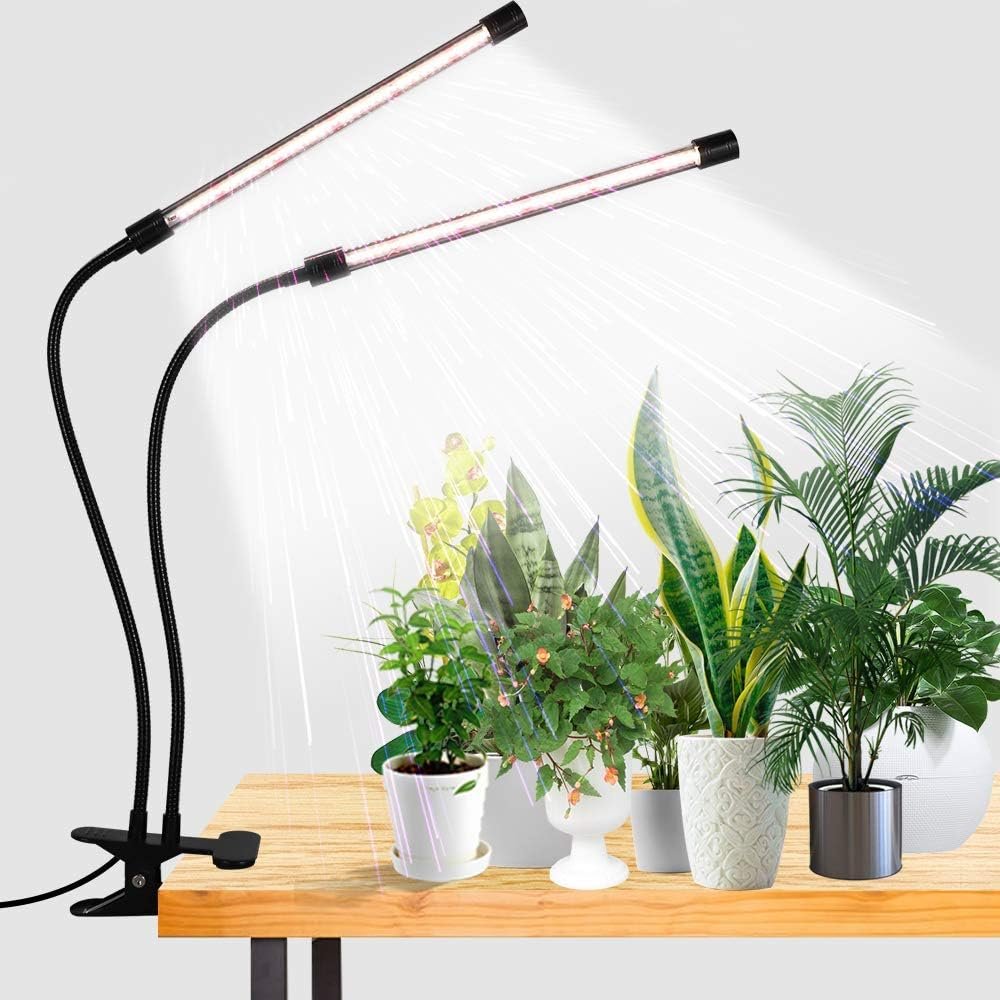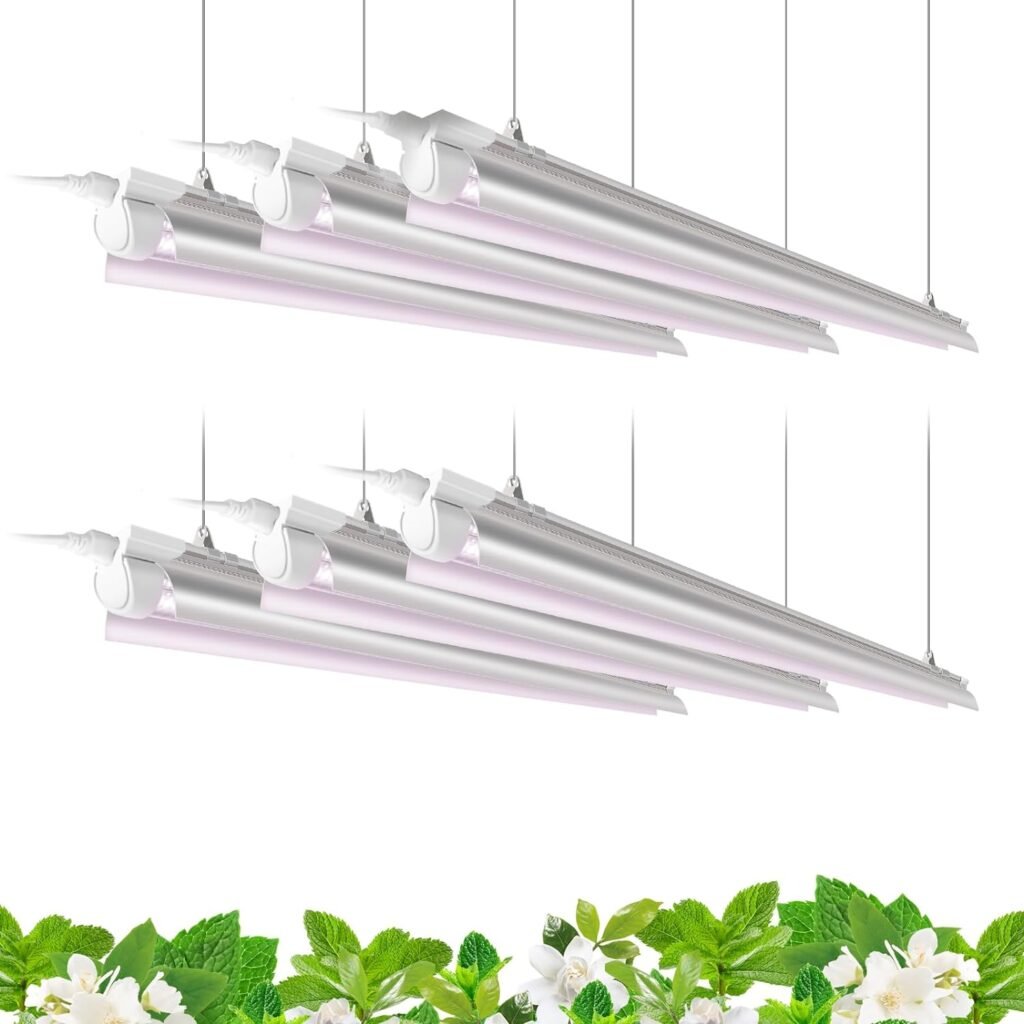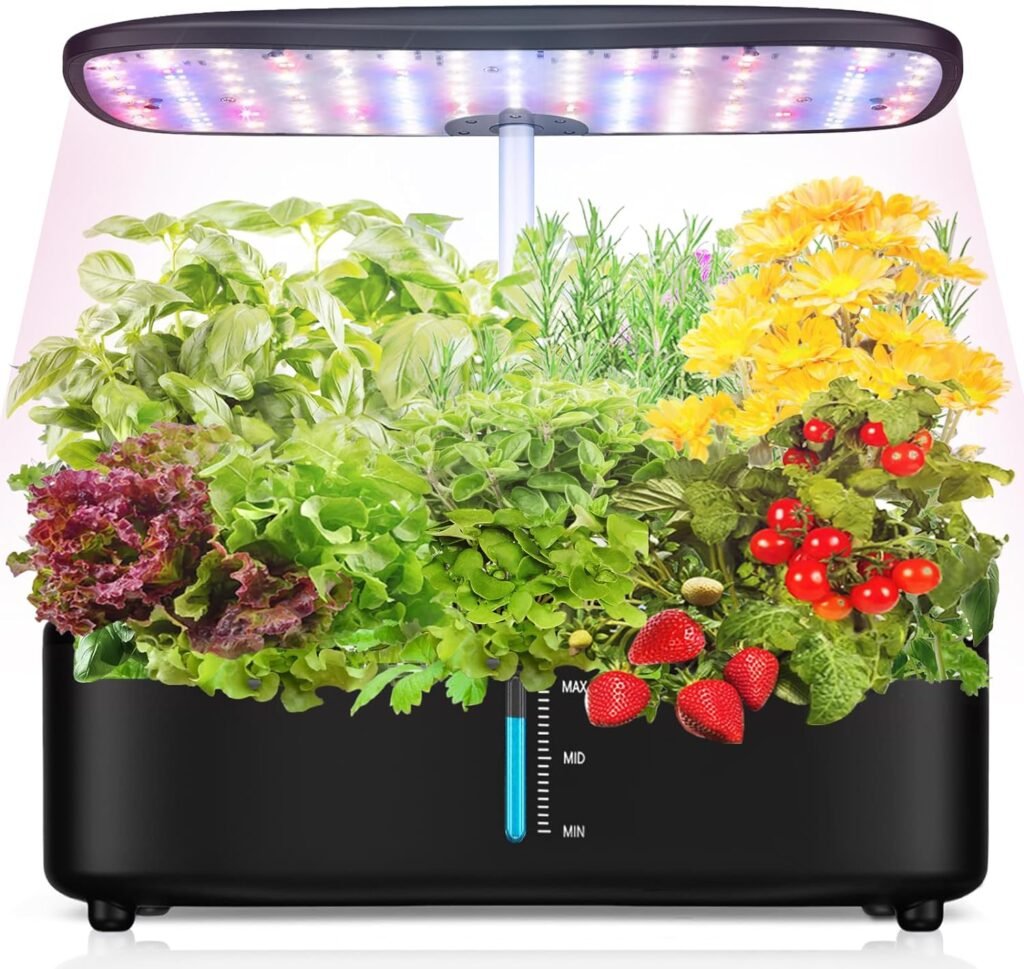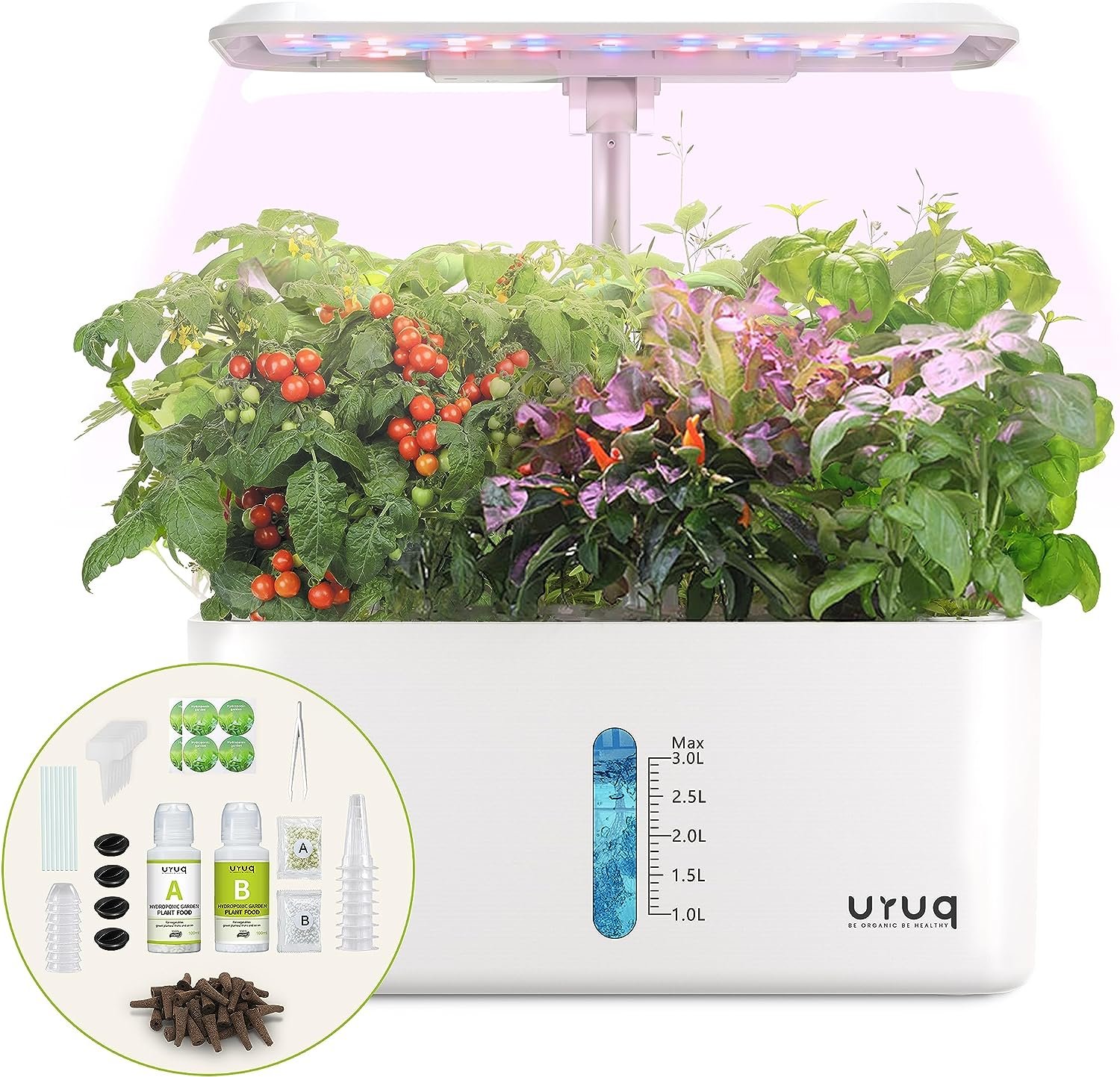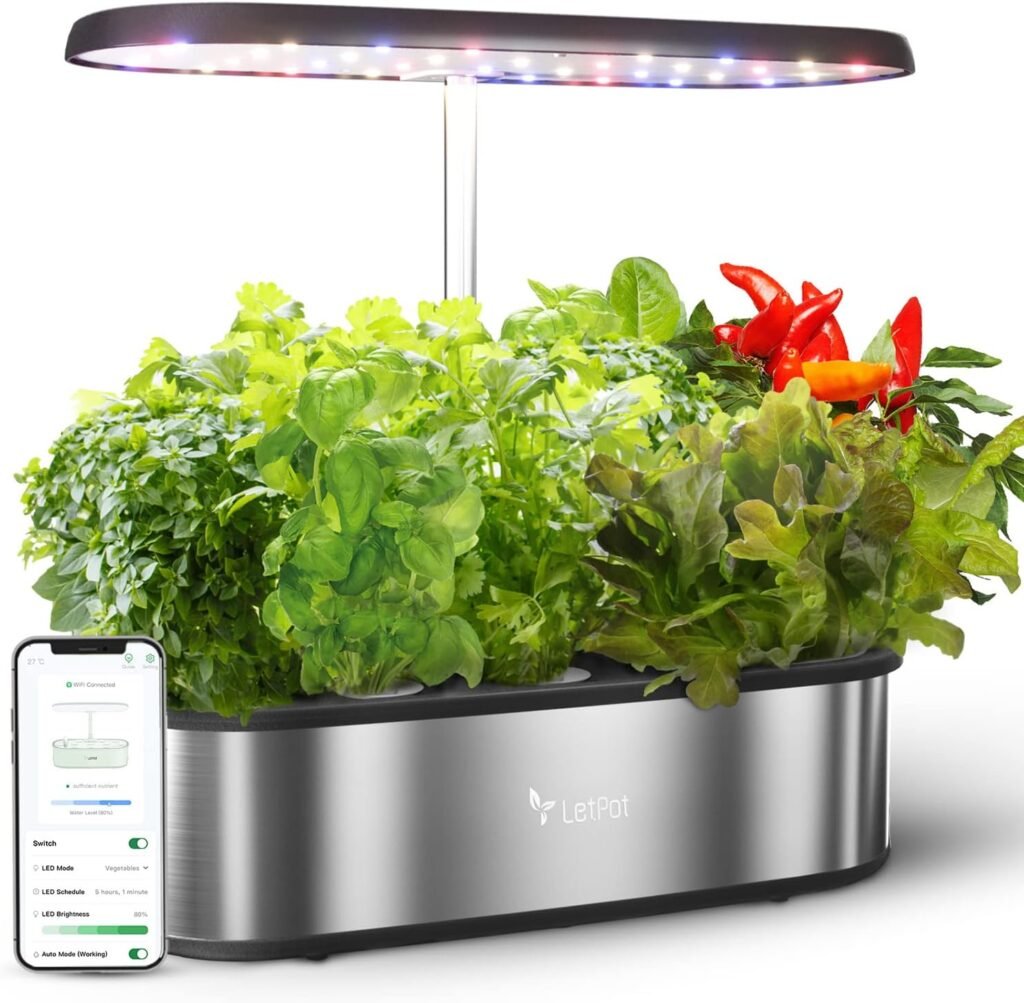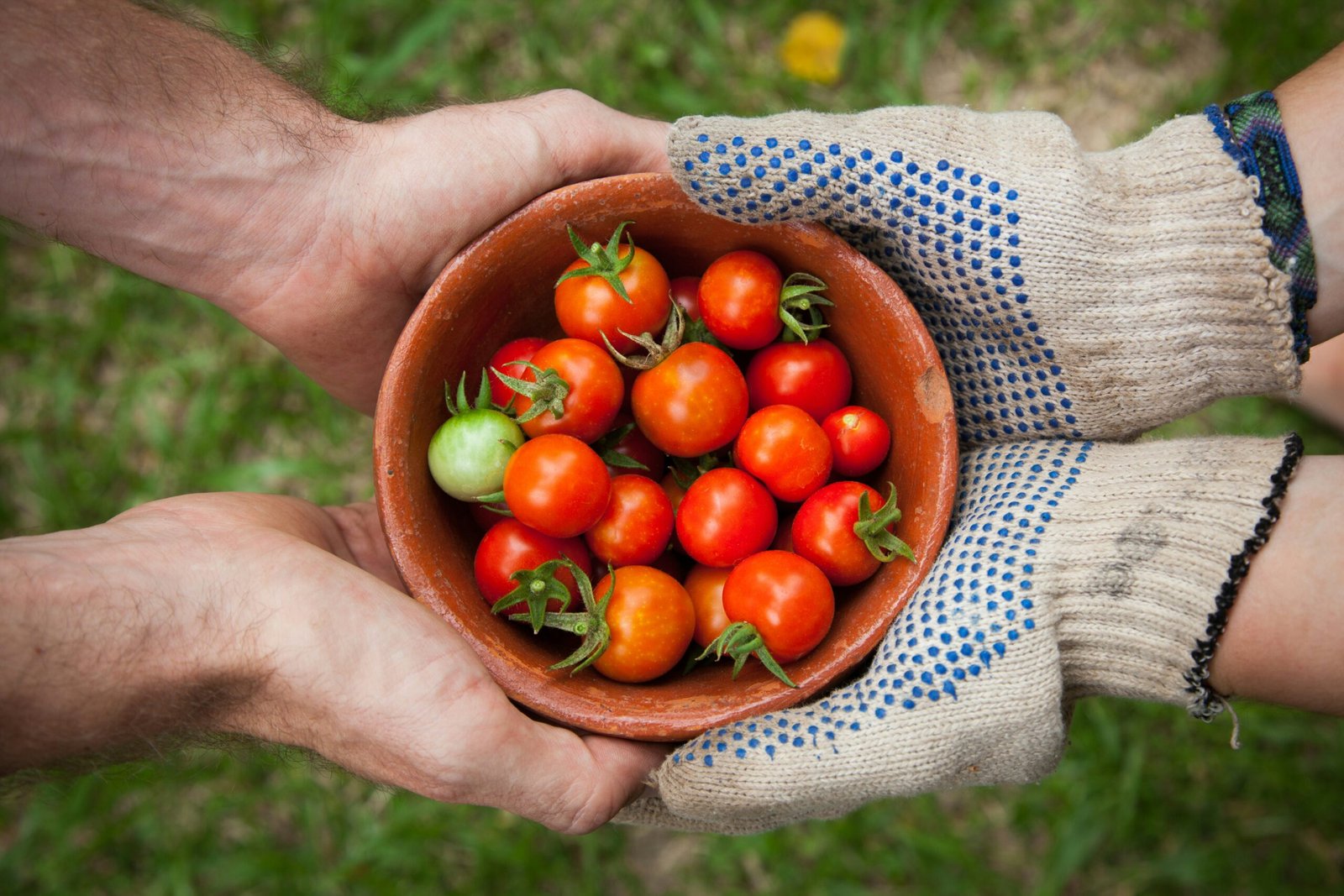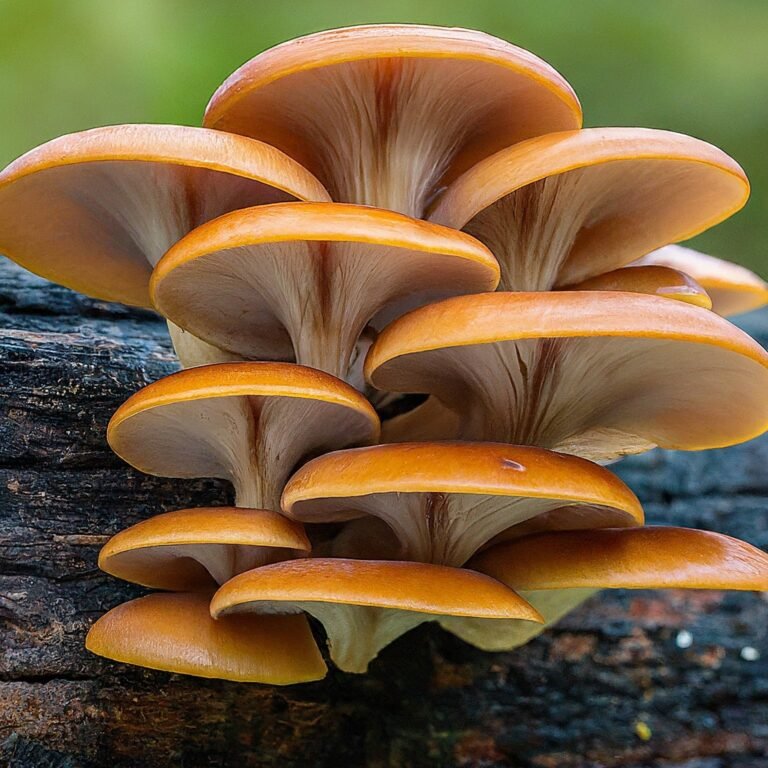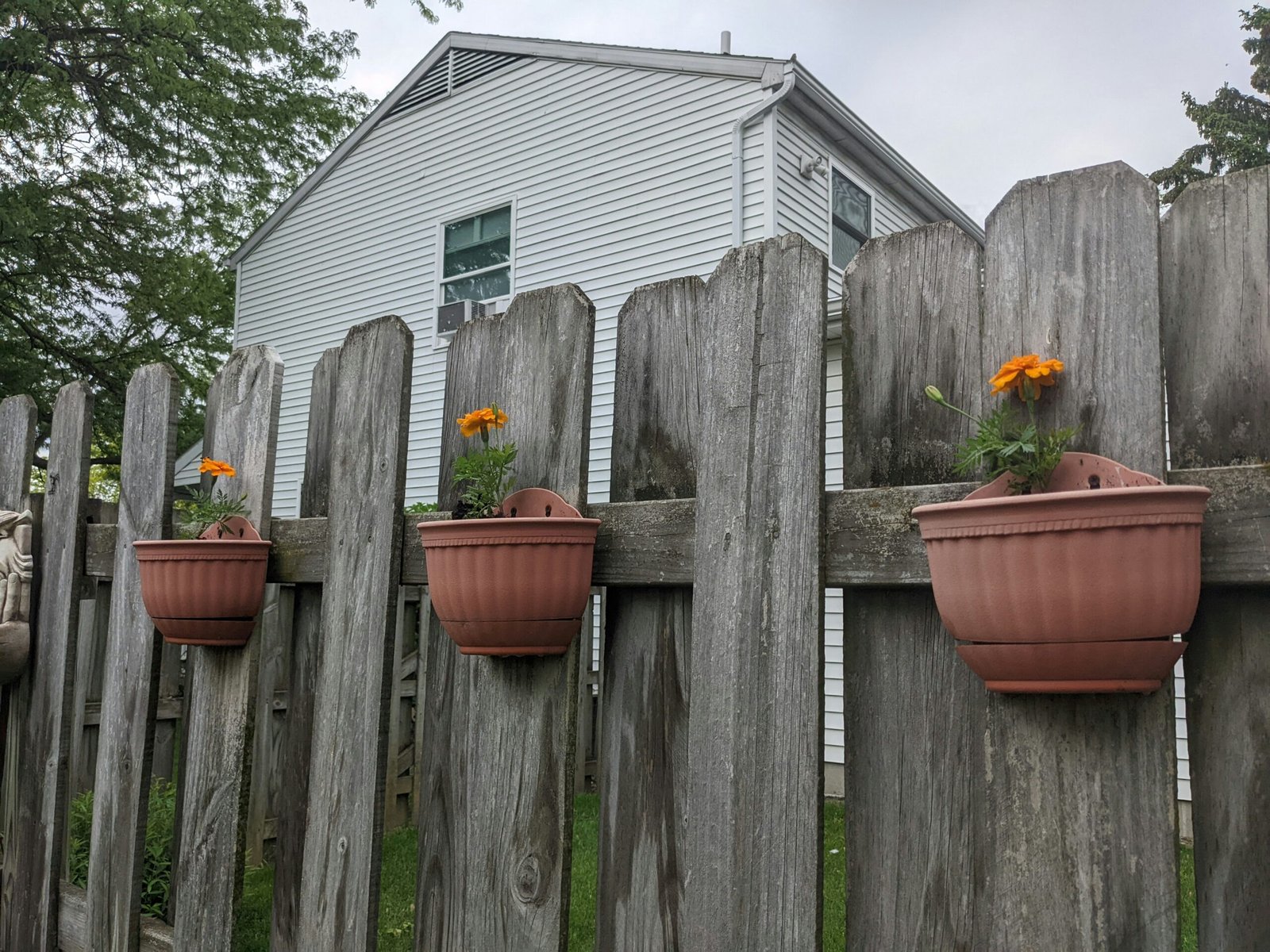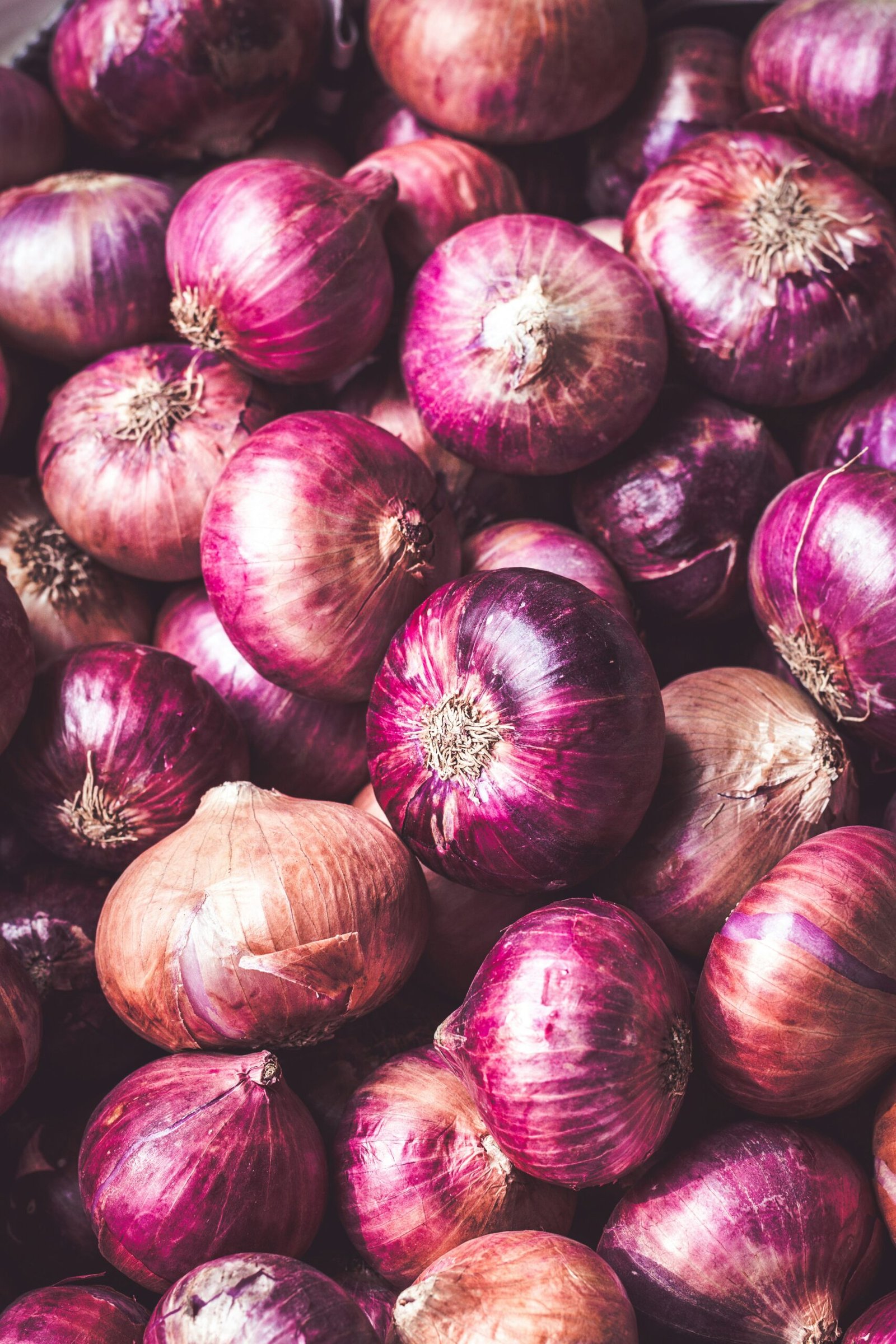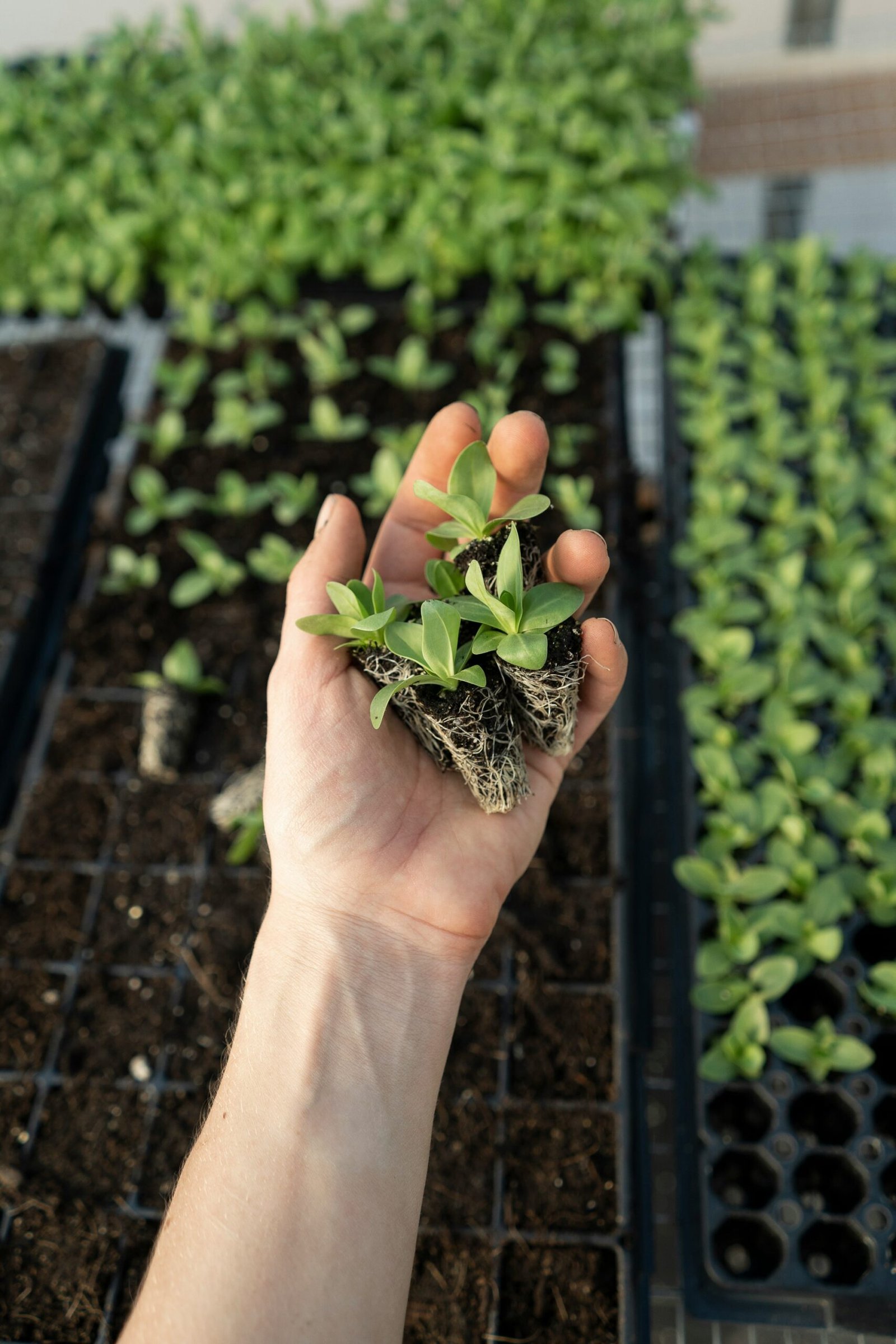Can You Grow Strawberries Indoors? Sure You Can!
Strawberries are a delicious and nutritious fruit that many people enjoy growing in their gardens. However, what if you don’t have access to an outdoor garden space? Can you still grow strawberries indoors? The answer is yes! In this article, we will explore the possibility of growing strawberries indoors, providing you with detailed information, tips, and a DIY setup plan.

This post may contain affiliate links. We may earn a small commission if you make a purchase through these links, at no extra cost to you. Thank you for your support!
Growing Strawberries Outdoors
Before diving into indoor cultivation, let’s briefly touch on growing strawberries outdoors. Strawberries thrive in temperate climates and are best suited for garden zones 3-9. They require well-drained soil, full sun exposure for at least 6 hours a day, and regular watering. Mulching around the plants can help retain moisture and prevent weed growth. It’s also essential to protect the plants from pests and diseases.
Growing Strawberries Indoors
When it comes to growing strawberries indoors, there are a few key factors to consider: lighting, temperature, soil, and containers.
Lighting
Since strawberries require ample sunlight to grow and produce fruit, it’s crucial to provide them with sufficient light when growing indoors. Place your strawberry plants near a south-facing window where they can receive at least 6-8 hours of direct sunlight each day. If natural light is limited, you can supplement it with grow lights, specifically designed for indoor gardening.
Temperature
Strawberries prefer a cool climate, ideally between 60-80°F (15-27°C). Avoid exposing them to temperatures above 85°F (29°C), as it can hinder fruit production. Maintaining a consistent temperature is essential for the successful cultivation of strawberries indoors.
Soil
Choose a well-draining potting mix specifically formulated for strawberries or create your mix by combining equal parts of peat moss, perlite, and compost. Make sure the soil is slightly acidic, with a pH level between 5.5-6.5, as strawberries thrive in slightly acidic conditions.
Containers
When growing strawberries indoors, selecting the right containers is crucial. Opt for containers that are at least 8-10 inches deep to accommodate the plant’s root systems. Ensure the containers have drainage holes to prevent waterlogging. Hanging baskets, vertical planters, or strawberry towers are excellent options for saving space and allowing proper air circulation.
DIY Setup for Growing Strawberries Indoors
Creating a DIY setup for growing strawberries indoors is not only cost-effective but also allows you to customize the environment according to your specific needs. Here’s a simple plan to get you started:
- Choose a suitable location: Find a spot near a south-facing window or an area where you can easily install grow lights.
- Set up grow lights: If natural light is limited, install full-spectrum grow lights above your strawberry plants. Position the lights 6-12 inches above the plants and adjust the height as they grow.
- Select containers: Choose containers that are deep enough to accommodate the root systems, have drainage holes, and are suitable for your available space.
- Prepare the soil: Fill the containers with the well-draining potting mix or your homemade soil blend.
- Plant the strawberries: Place the strawberry plants in the containers, ensuring the crown is level with the soil surface. Space the plants according to the variety’s recommendations.
- Water and fertilize: Water the plants regularly, keeping the soil moist but not waterlogged. Fertilize with a balanced organic fertilizer according to the package instructions.
- Maintain optimal conditions: Monitor the temperature, humidity, and lighting to ensure the plants are growing in the ideal environment.
- Pollination: Since indoor environments lack natural pollinators, gently brush the flowers with a soft brush or use a small fan to simulate air movement and aid in pollination.
- Harvest and enjoy: Once the strawberries ripen, harvest them by gently plucking them from the plants. Enjoy the fruits of your labor!
Hydroponics and Other Growing Methods
While traditional soil-based cultivation is the most common method for growing strawberries indoors, hydroponics is an alternative option. Hydroponics involves growing plants in a nutrient-rich water solution instead of soil. It can be an efficient way to cultivate strawberries, especially in limited space or urban environments. However, setting up a hydroponic system requires more specialized knowledge and equipment.
Conclusion
Growing strawberries indoors is indeed possible and can be a rewarding experience. By providing the right lighting, temperature, soil, and containers, you can enjoy fresh strawberries year-round, even without an outdoor garden. Whether you choose traditional soil-based cultivation or explore hydroponics, the key is to create an optimal environment for your strawberry plants to thrive. So, go ahead and give it a try – you’ll be delighted with the sweet taste of homegrown strawberries!
